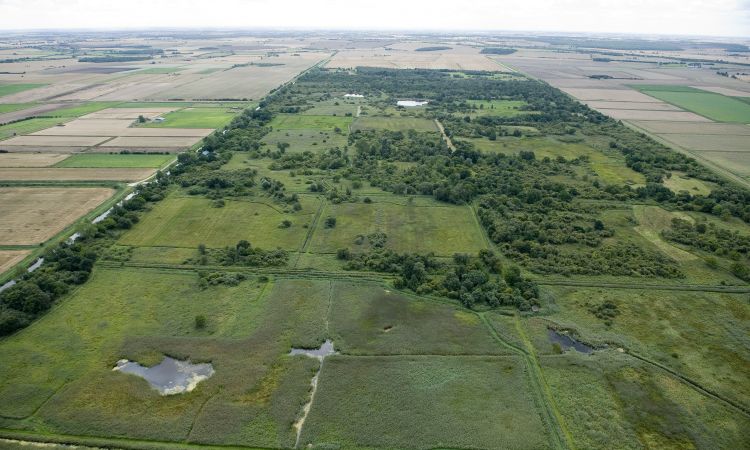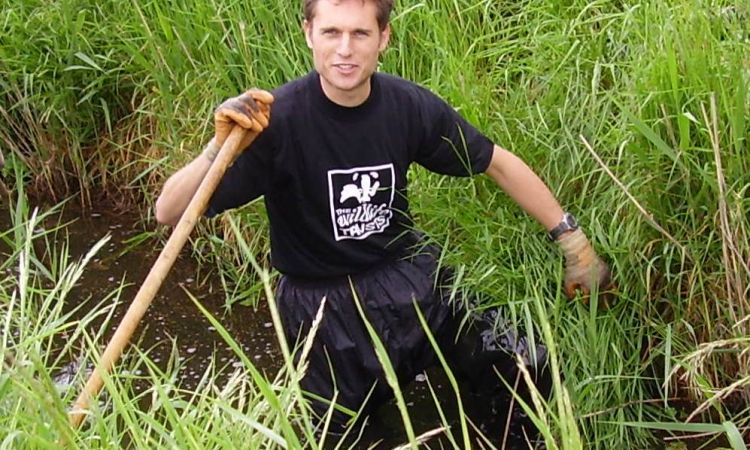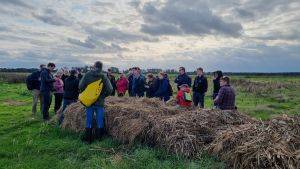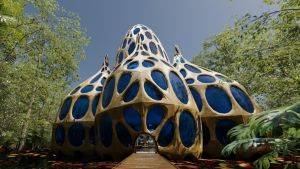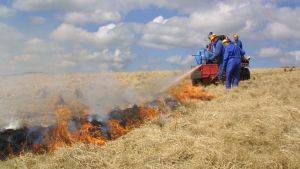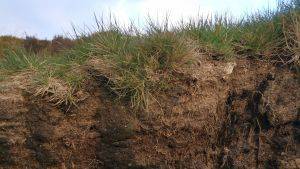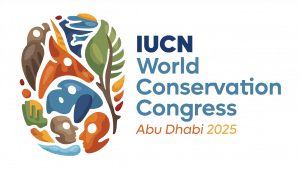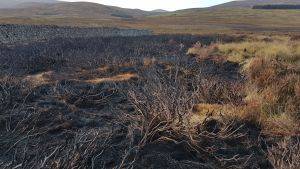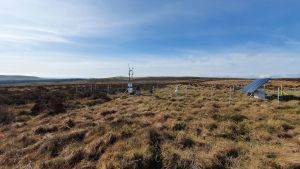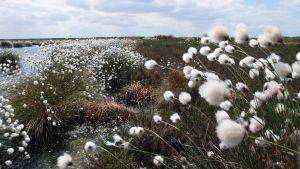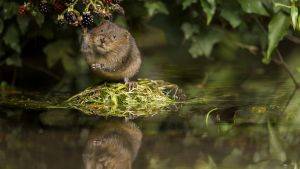The Great Fen
Introduction
The Great Fen is a long-term 50 year project that aims to link two national nature reserves, Woodwalton Fen and Holme Fen, together to create a large national nature reserve of 3700 ha.
Description
The wild fens once stretched for hundreds of miles across Eastern England. They were home to beavers, otters, and thousands of different types of animals and plants, many unique to the area. When the land was drained for farming, beginning in the 17th century, more than 99% of this wild habitat disappeared.
Project Aims
Two of the last fragments of wild fen, Woodwalton Fen and Holme Fen, are under threat because both reserves are too small and isolated. By connecting these precious fragments, this project will create 3700 ha of fen landscape between the cities of Huntingdon and Peterborough. To achieve a landscape of many benefits, the Great Fen project has a four pronged strategy: 1.Implement restoration and habitat creation 2.Improve access and enjoyment 3.Foster socio-economic development 4.Contribute to climate change adaptation and mitigation Using maps and images, the Great Fen Masterplan (published in 2010) sets out how the Great Fen project will re-create the 3700 ha of ancient fenland landscape over the coming years and decades, and how it will deliver a wide range of benefits for the surrounding area. Included in the strategy are plans for: •A mosaic of wildlife habitats to support a variety of fen species •Visitor facilities, including a café, trails, natural play areas and events •New footpaths, cycleways and bridleways linking to local communities •Areas to store floodwater during high rainfall, to help protect surrounding farmland and communities •Zones to encourage access to some areas, but protect the most sensitive areas from heavy disturbance
Site Activity
The Great Fen is a long-term and ambitious project, requiring the work, expertise and support of many people and partners. The project is delivered by a partnership of five organisations, each bringing their own areas of expertise. This partnership includes Environment Agency, Huntingdonshire District Council, Middle Level Commissioners, Natural England and The Wildlife Trust for Bedfordshire, Cambridgeshire and Northamptonshire. As part of this project, there are currently more than 866 ha of land in restoration and 1340 ha managed for nature conservation. By the end of 2013, the area managed for nature conservation will increase to 1519 ha. As a result, the project has witnessed increasing numbers of wildlife, from breeding barn owls, kestrels, lapwing and snipe, to rare plants and invertebrates. However, nature conservation is not the only focus of the Great Fen project. Working with and supporting over 100 active volunteers, the Great Fen team works with thousands of people each year. As well as events, the team runs interactive schools programmes for all ages, a range of walks, talks and visits for groups, and many other community projects, including film, photo and audio projects. With this ongoing programme of engagement, the project continues to look at how economic benefit and social wellbeing can be delivered to local people, businesses and farmers.
Project Name: The Great Fen
Organisation / Lead partner: The Wildlife Trust for Bedfordshire, Cambridgeshire and Northamptonshire
Location: Ramsey Heights, Cambridgeshire
Conservation Status: National Nature Reserves(NNR)
Predominately: Lowland
Peat Habitats: Fen
Project Type: Restoration, Citizen science/ community engagement.
Year Project Began: 2001

